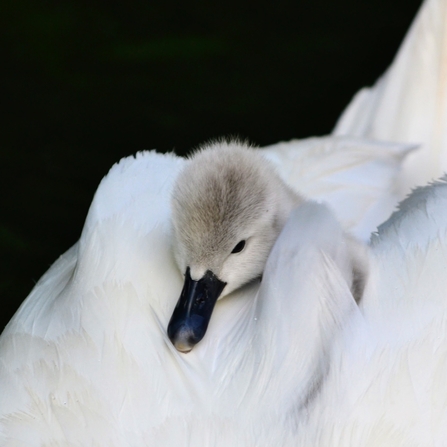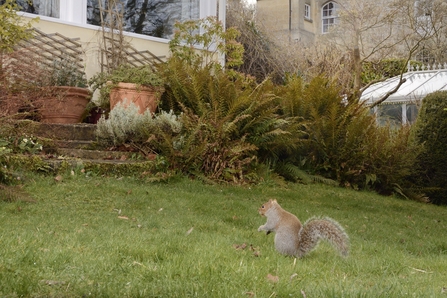Observing wildlife or habitats is a wonderful way to connect with the natural world so how about having a look at nature through the lens? Just think of some of those wonderful wild moments that you have experienced, maybe seeing a bee on a wildflower, a hedgehog paying a late-night visit, raindrops hitting a pond, or had the excitement of seeing a swan land on water… think about how you could capture them on a smartphone camera, or a more traditional camera – you’ll then be able to look at them time and time again!
Summer holiday wild fun! Week Five:
© Debbie Bigg
We’ve got some great tips for you to help you get some marvellous photos of wildlife. Get out, get snapping and get involved!

© Tom Hibbert
Can You Capture The Moment?
Through the Wild Snaps Photography Competition we get to see some stunning images, which capture the beauty, variety and strength of the wildlife we have in our region, along with fabulous views of the incredible habitats we have on our doorstep.

Wild Snaps 2022 Under 16’s Category – Mute Swan and Cygnet © Bruno Slim
Wildlife Photography Tips
Taking photos of wildlife can be tricky – birds, animals and insects rarely sit still and pose but if you are patient you are likely to get the reward of a great shot. Here are a few tips to help you:
- Listen as well as look – your ears may lead you to wildlife to photograph!
- Think about the type of lens or app you need to get the effect you want - a telephoto lens or app will allow you to get a close-up shot from a long way away. When taking photos of small insects, a macro lens or app will allow you to take photos up close and get a detailed picture
- Use a tripod to keep your camera steady or find a stable place to rest it – a shelf in a hide, for instance
- Stay quiet and don’t make sudden movements – you risk spooking the wildlife if you do!
- Consider what you want to focus on and how to compose your photo
- Find out about the animals, birds or insects that you want to photograph. By learning more about their movements and habits, you may be able to read their behaviour and get that perfect shot! Our Wildlife Explorer pages are great resources for this.
- Practice close to home – the birds in your garden, butterflies in a local park or squirrels in a nearby tree all offer plenty of opportunity to practice being a wildlife photographer
- Follow the rules of two-thirds to compose your photo – putting the subject in two thirds or one third of the space creates a more interesting view
- Remember to be patience – a good shot is worth the wait!
- Please consider that the comfort and safety of wildlife should be your priority - wildlife should not be disturbed, coaxed or baited
- If you are taking pictures of people, make sure they are happy to be in your photograph
You can find out more tips on wildlife photography here.

© Nick Upton 2020VISION
Enter Now!
Photos can be submitted for the Wild Snaps Photography Competition from 19 August to 17 September. Our expert panel of judges will select a shortlist of 30 images which will be shared for the public to vote on between 28 September to 8 October. For more information on Wild Snaps and how to submit your photos, take a look here. You can also look out for #WildSnaps2023 on our social media.
Coming up
Next week we’ll be finishing-up the summer holidays with a look at one of our best-known and loved garden visitors – hedgehogs. Join us for one last week of wild (and prickly) fun.
And finally…
Above all, we want you to stay safe and enjoy the great outdoors and all it has to offer. To help you do that, we’ve produced this blog ‘Stay Safe in Hot Weather’ – with advice on water safety and fire safety, as well as tips for your own personal safety and comfort.
Why not keep a record of all your school summer holiday activities? We’d love to see what you get up to so please do share your stories, photos and creations with us on social media. You’ll find us at @hertswildlifetrust on Instagram and Facebook and @HMWTBadger on Twitter.

